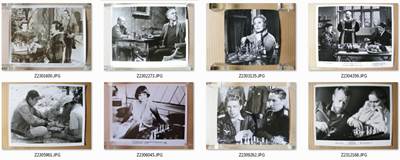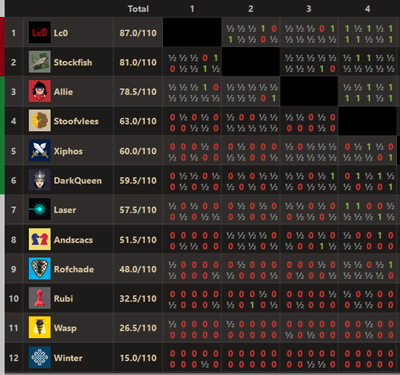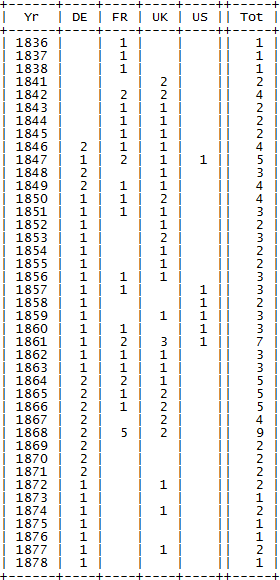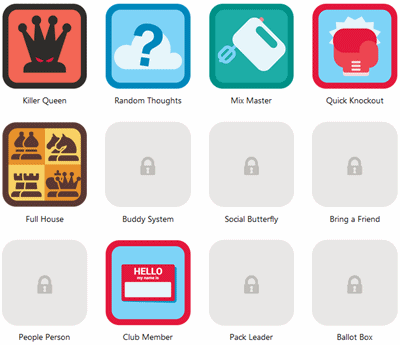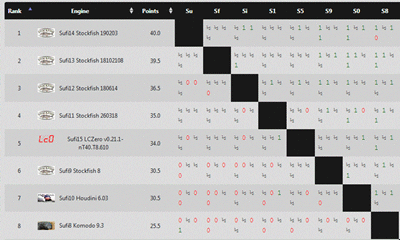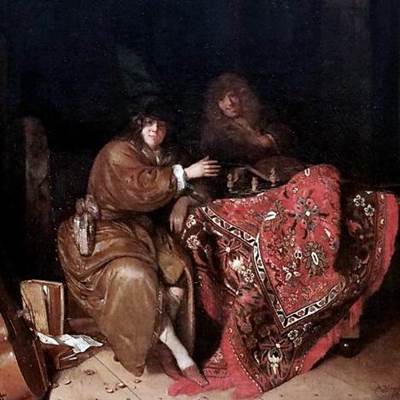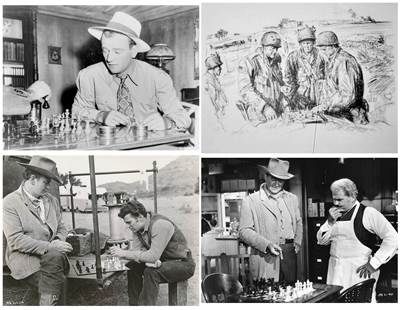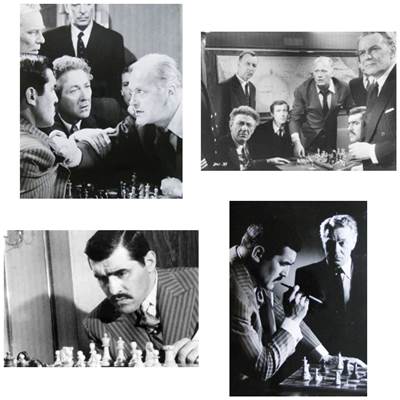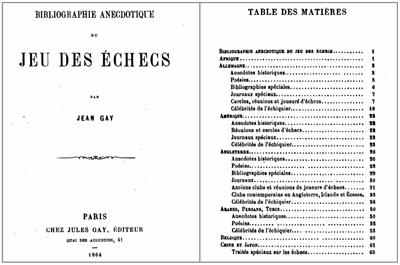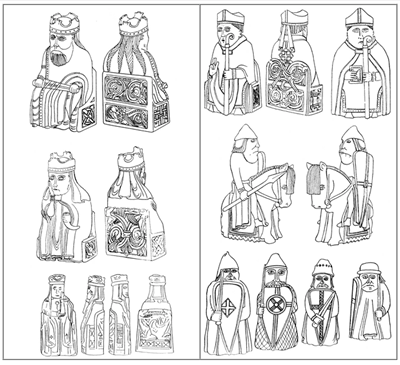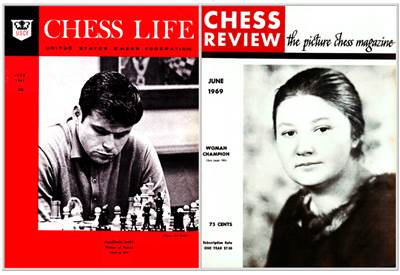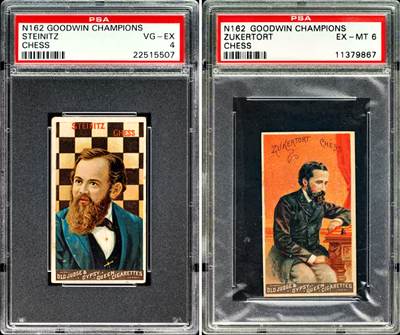Through some sort of statistical fluke, last week's post,
Leela Wins TCEC S15; Stockfish Wins CCC8 Finals,
was a report on the season finales of the world's top two engine-to-engine competitions. The key points in that post were:-
TCEC:
The S15 superfinal is effectively over. Leela leads Stockfish by seven games with six games still to be played; the current score is +14-7=73.
•
CCC:
CCC8 finished in the order predicted last week: Stockfish, Leela, etc. The Chess.com report continued, 'The four finalists will join a field of 18 total chess engines for the next event, CCC9: The Gauntlet.'
Gazing into the blogger's crystal ball, I also made a prediction for this week's post:-
In next week's post I expect we'll have news about TCEC S16 and more details about CCC9. Since we're at a transition point for both competitions, it's a good time to decide whether I want to continue these weekly reports.
Looking first at TCEC S15/S16 and CCC8/9, what has happened during the intervening week?
TCEC:
The last six games of the S15 superfinal finished with six draws, giving Leela a final score of +14-7=79. The TCEC organizers marked the occasion by publishing a report on the event that immediately preceded the superfinal, which I reported three weeks ago in
Leela Wins TCEC Cup 3; CCC8 S1 99% Finished.
Here are the main conclusions of the TCEC report:-
-
2019-05-30:
TCEC Cup 3 report
(chessdom.com)
•
'Leela confirmed that its win in TCEC Cup 2 was no fluke and it retained the title. Neural networks do finally seem to be coming through with genuine advances, at Deep Mind (Hassabis, 2019) and elsewhere, but troublingly it is not obvious why they work and when they go wrong.'
The superfinal conclusion was mostly overlooked or ignored by the major chess news sites. I found only one report:-
-
2019-06-02:
A new age in computer chess? Lc0 beats Stockfish!
(chess24.com)
•
'In the 15th Superfinal of the Top Chess Engine Championship (TCEC) – the unofficial computer chess World Championship – the self-learning Leela Chess Zero beat the previous best engine in the world, Stockfish 10.'
I expect to see a trickle of other reports in the forthcoming weeks.
What is the TCEC doing now?
!bonus:
TCEC ALL STARS ALLTIME CHAMPIONS BONUS;
Featuring winners of TCEC Seasons 1 thru 15 = 14 engines (S1 and S2 had same winner). Next: Rapid bonus with engines from Div P and Div 1.
You might expect the bonus event to show the TCEC winners of recent seasons finishing ahead of the winners from early seasons, and that is exactly what is happening. The only surprise after 16 games for each engine is that Leela is trailing the four versions of Stockfish that won seasons 11 through 14.
CCC:
Since the 'CCC8 Bonus' that I mentioned in the previous post, the CCC has been running a series of exhibition events.
The results are stored in discordapp.com (see the 'further info' note below) and the data from the events is available via a little drop-down arrow on the 'live' page (ditto), but I have no idea what purpose the events served.
CCC9 is in a testing stage. The plans are:-
!ccc9:
Engines are 1. Stockfish 2. Lc0 3. Allie 4. Laser 5. Xiphos 6. Andscacs 7. Dark Queen Lc0 8. Rofchade 9. Wasp 10. Rubichess 11. Winter 12. Stoofvlees 13. KMC 14. Ethereal 15. Fire 16. Komodo 17. Houdini 18. Leelenstein
•
There will be 4 stages, qualification/quarterfinal/semifinal/finals. Opening books for all stages
•
TC [time control] is 5+2 for all stages except finals which is 10+5
Perhaps by next week's post, CCC9 will already be underway. That brings me to the final topic for today's post: 'it's a good time to decide whether I want to continue these weekly reports'.
Sparked by my interest in using chess engines for analysis, I've been covering the TCEC since
TCEC Season 7
(March 2015).
My coverage of the next few seasons was limited to the final match, but I found it increasingly difficult to understand an individual season by only looking at it every once in a while. There are many engines involved and they all have a story.
This difficulty was compounded when I added the CCC to the mix in
Catching Up with Engine Competitions
(October 2018).
After spending too much time to catch up at the end of each TCEC/CCC tournament, I hit on the idea of catching up once a week on a regular basis, starting with
TCEC S14 Underway
(January 2019).
Five months later, the weekly engine post has almost been reduced to a formula. I'm happy to have been recording the technological evolution from traditional engines to AI/NN engines, a trend which will probably accelerate into a revolution.
I'm also happy to note that visitor interest in these posts is about the same level as for other posts on the blog. The downside of the weekly survey is that I haven't had time to explore the AI/NN technology in more depth. The quote I used earlier ('it is not obvious why they work') confirms there is much new ground here.
What to do? I'll continue with the weekly post, but try to take an occasional detour to look at the underlying technological trends. The Leela camp is the obvious place to start, but the Stockfish camp is also keeping tabs on the competition in their usual professional way. The future is bright for chess engines.
[For further information from the various stakeholders in the engine-to-engine events, see the tab 'TCEC/CCC Links' at the top of this page.
•
NB: Leela = LC0 = LCzero]

